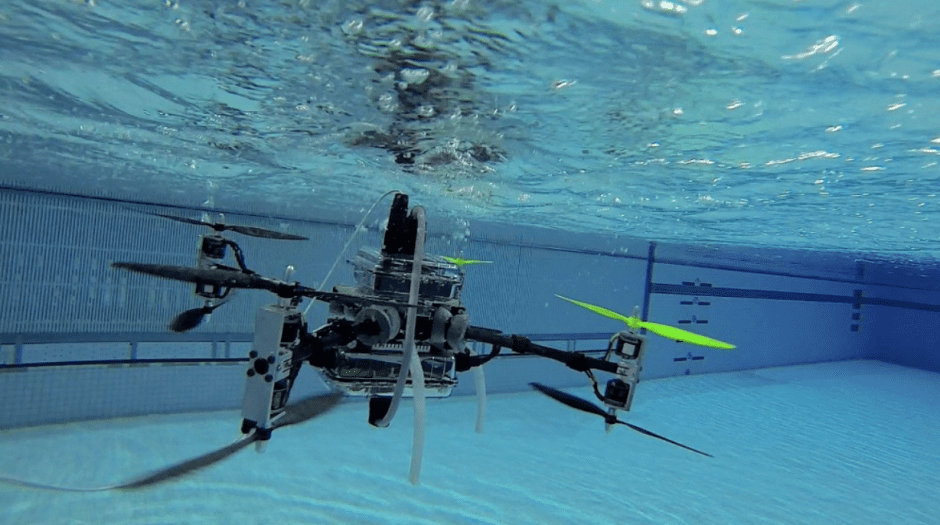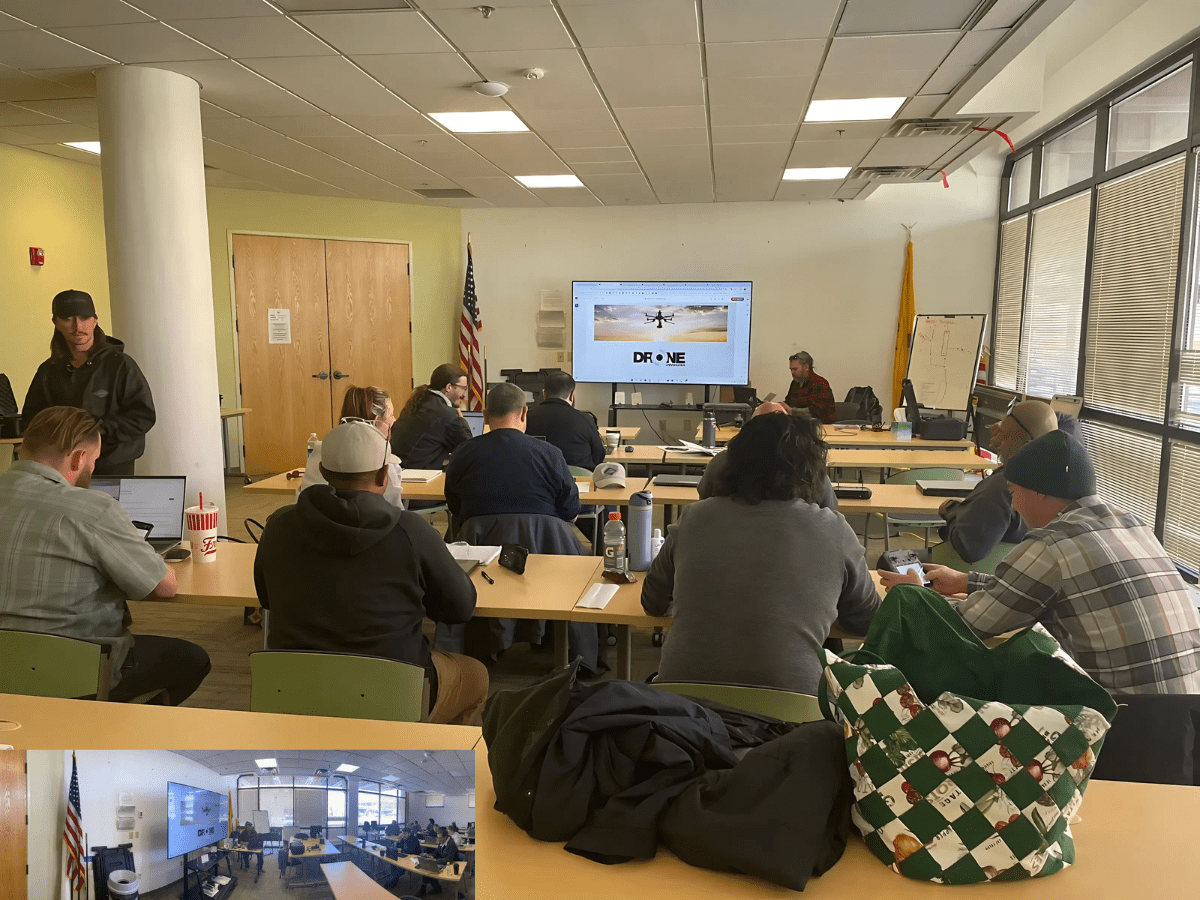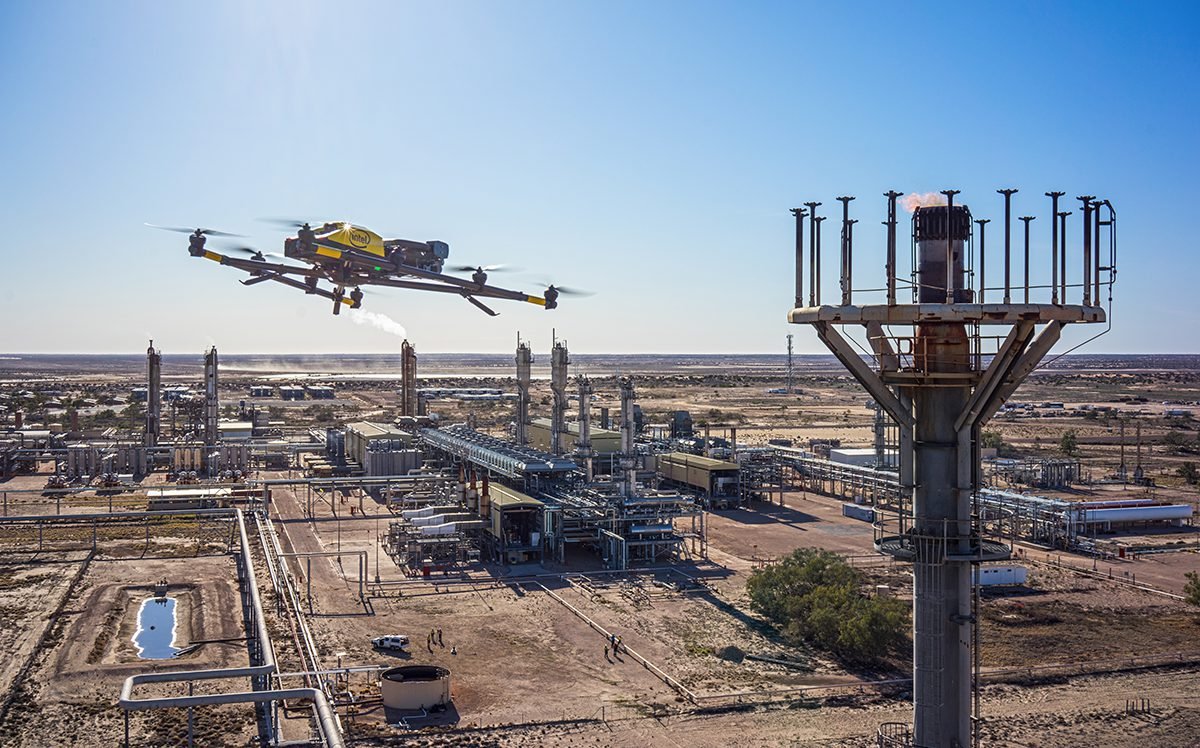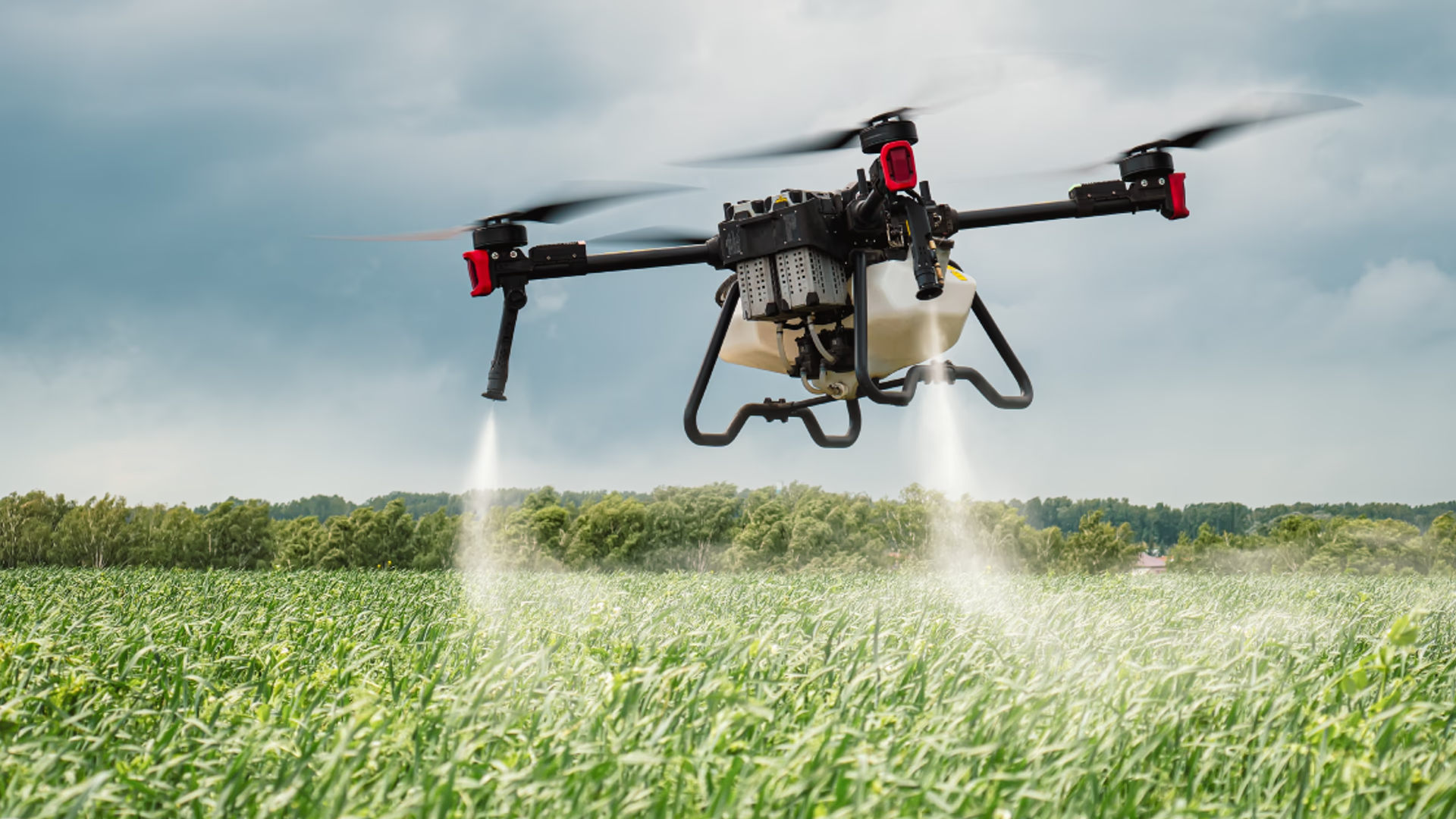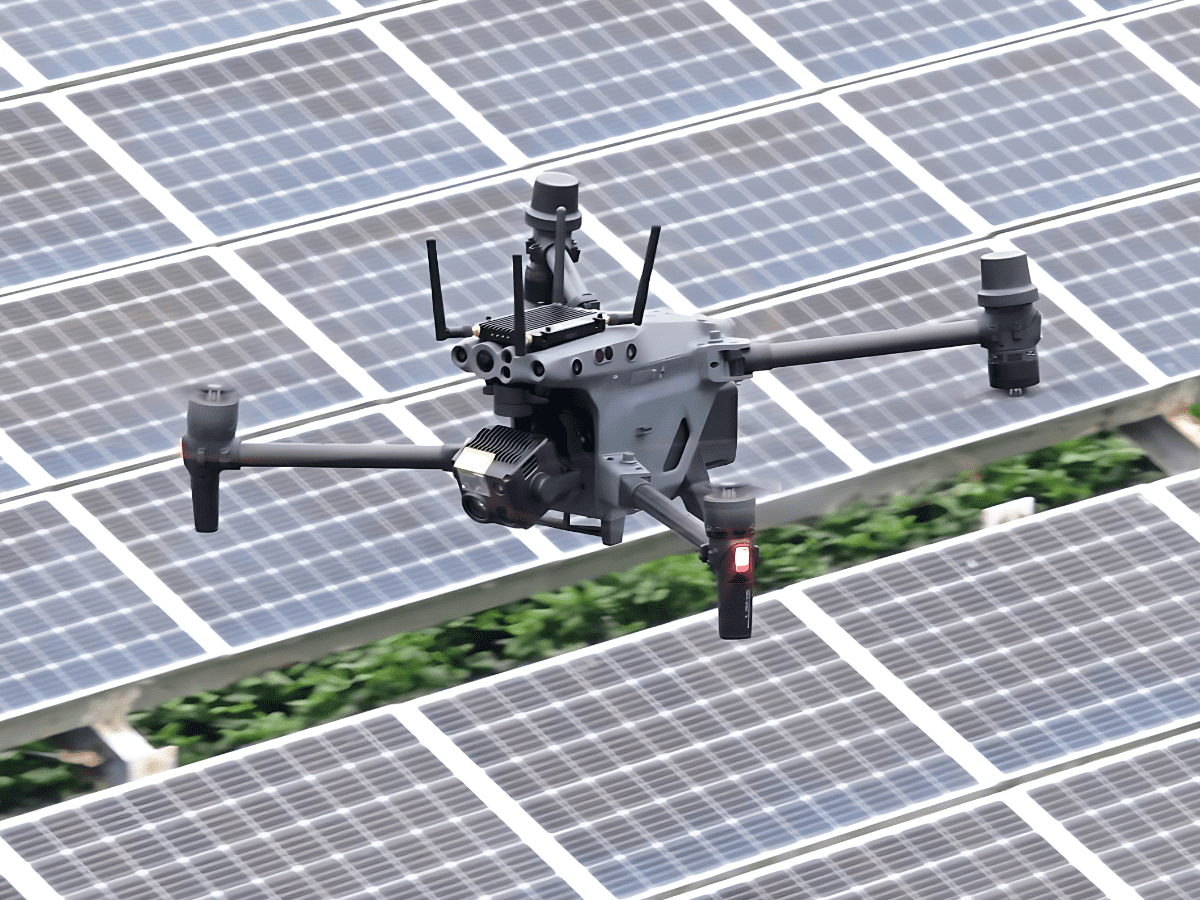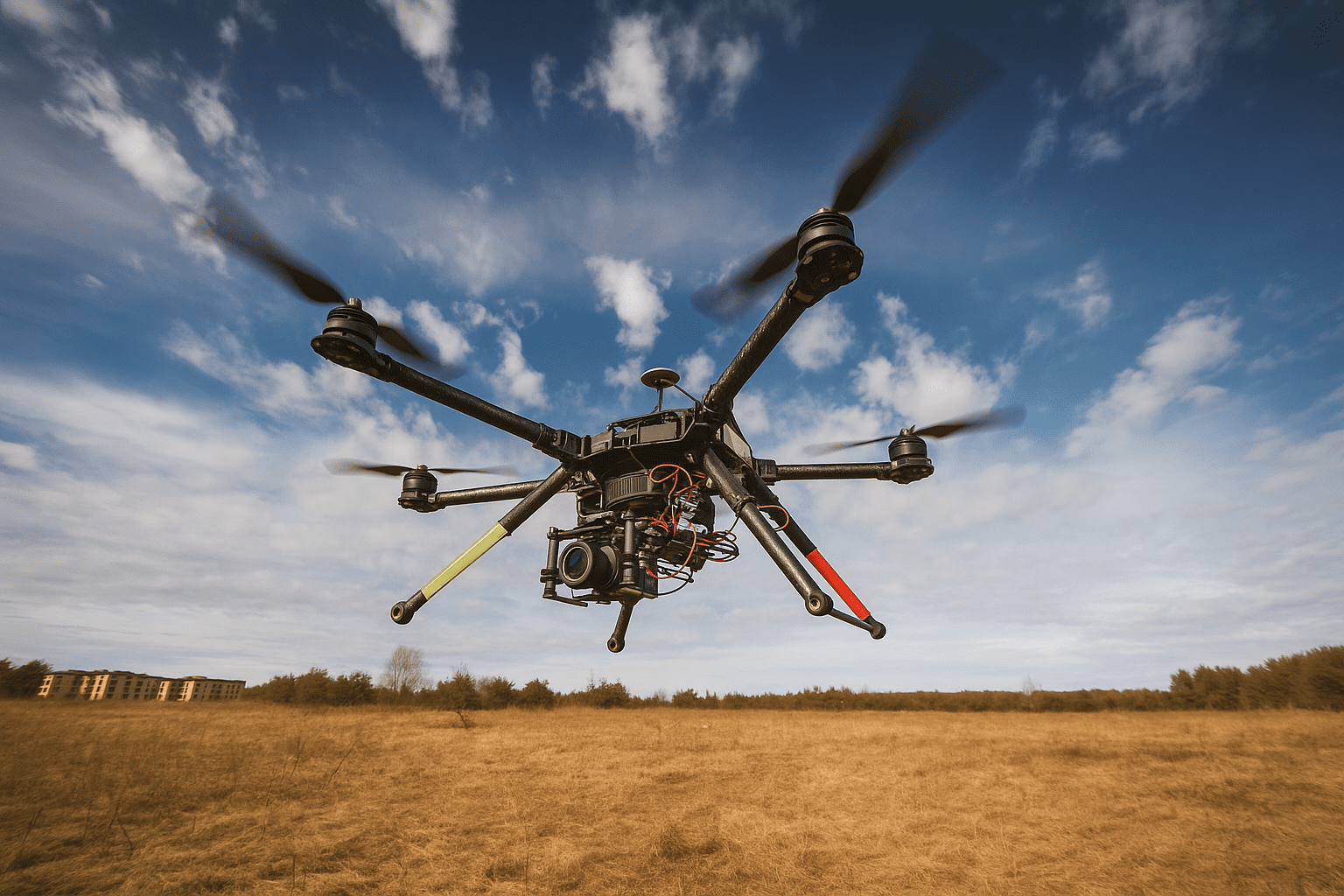Utility companies face the constant challenge of keeping power lines, substations, and other critical infrastructure in optimal condition. Traditional inspection methods often involve climbing poles, using helicopters, or scheduling planned outages—tasks that can be expensive, risky, and time-consuming.
Drone solutions for utility companies are changing the game, enabling faster, safer, and more cost-effective monitoring without disrupting power supply.
The Challenges of Traditional Utility Inspections
Power line and substation inspections are essential for ensuring uninterrupted electricity delivery. Traditional methods, however, come with several challenges:
- Safety Risks: Climbing poles or working near live electrical equipment can be hazardous
- High Costs: Helicopter inspections are expensive and require specialized crews
- Downtime: Some inspections require planned outages, affecting customers
- Time-Intensive: Covering long transmission lines or multiple substations can take weeks
How Drones Are Transforming Utility Inspections
1. Aerial Power Line Inspections
Drones equipped with high-resolution cameras can fly along transmission and distribution lines, capturing detailed imagery to detect corrosion, broken insulators, or vegetation encroachment.
2. Thermal Imaging for Fault Detection
Thermal cameras help identify overheating components or loose connections that may fail under load. This allows maintenance teams to act before outages occur.
3. Substation Monitoring
Drones can inspect transformers, circuit breakers, and busbars from safe distances, spotting issues without sending personnel into high-voltage zones.
4. Vegetation Management
Drones make it easier to detect trees or other vegetation that could interfere with power lines, allowing for targeted trimming and reduced fire risks.
Learn more about thermal and mapping technologies in our Drone GIS and Mapping Course.
Benefits for Utility Companies
- Enhanced Safety: Less time spent by workers in hazardous areas
- Reduced Costs: Lower inspection expenses compared to helicopters or manual crews
- Faster Turnaround: Large networks inspected in days instead of weeks
- Preventive Maintenance: Early detection prevents costly outages
- Regulatory Compliance: Detailed records assist in meeting safety and environmental regulations
For similar applications in other sectors, see our post on Drone Safety Protocols for Commercial Operations.
Real-World Applications
- Transmission Line Patrols: Regular monitoring to ensure system reliability
- Post-Storm Assessments: Quickly identifying damage after extreme weather events
- Thermal Load Checks: Detecting high-resistance connections or overloading equipment
- Substation Security: Monitoring perimeters for unauthorized access or structural damage
Choosing the Right Drone for Utility Work
When selecting a drone for power line and substation monitoring, utility companies should consider:
- High-Resolution Cameras: For detailed inspections from safe distances
- Thermal Sensors: For detecting heat-related faults
- Long Flight Times: To cover extended transmission corridors
- Weather Resistance: For reliable operation in varying environmental conditions
If you’re just getting started, check our guide on How Drones Work to understand the basics.
Best Practices for Effective Drone Utility Inspections
- Develop Standard Flight Plans: Ensure consistent coverage across inspections
- Train Certified Pilots: Use FAA Part 107 licensed operators for compliance (Get Certified Here)
- Integrate Data Systems: Connect drone imagery with asset management software
- Schedule Regular Inspections: Prevent issues before they escalate into outages
The Future of Drone Utility Solutions
As AI and automation advance, drones will soon be able to perform fully autonomous patrols of power lines and substations, identifying faults and sending instant alerts to maintenance crews. For a broader look at industry trends, see The Future of the Drone Industry in the USA.
Final Thoughts
Drone solutions for utility companies are no longer a future concept—they’re here and delivering measurable benefits today. From safer inspections to reduced costs and faster turnaround, drones are helping utilities maintain reliable power delivery while protecting their workforce.
Pro Tip: Utility teams can benefit greatly from advanced training such as our Drone Photography & Videography Course and Drone GIS and Mapping Course to enhance operational efficiency and inspection accuracy.


